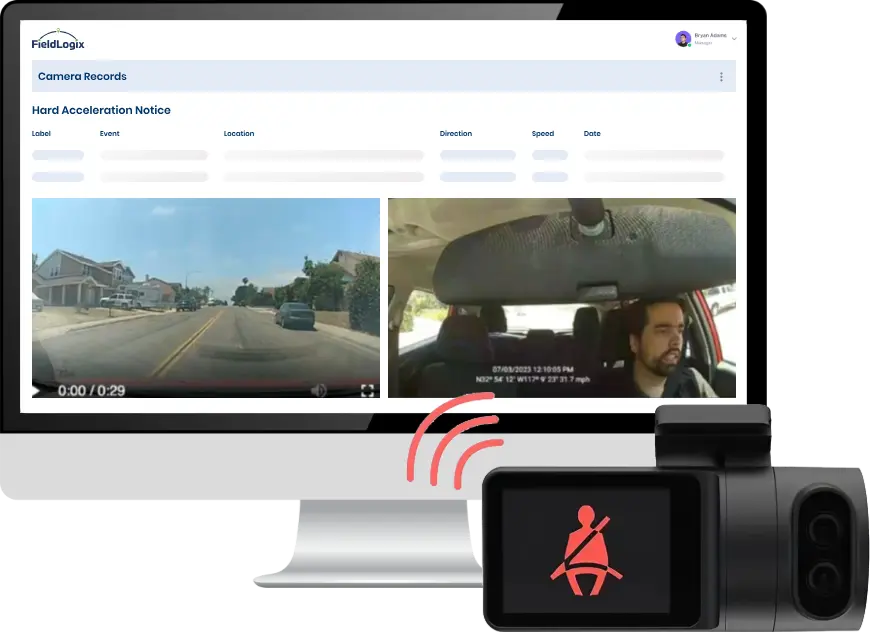Calypso’s GPS System for Tumor Tracking Bought For $10 Million
Calypso Medical Technologies, a medical device and software company which has developed a tracking system to pinpoint tumors in the body, has been acquired for $10 million by Varian Medical Systems of Palo Alto, California.
Timothy E. Guertin, president and CEO of Varian Medical Systems said, “With Calypso’s technology, Varian will be able to offer cancer treatment centers real-time, non-ionizing tumor tracking tools for enhancing the precision of their treatments.”
Calypso, based in Seattle, creates products and software used to do real-time tracking of tumors during cancer treatment. The company does much of its work in prostate cancer treatment and is developing a lung cancer treatment product.
The Calypso® System features GPS for the Body® technology and Beacon® electromagnetic transponders that together currently provide a solution to continuously and accurately track and target location to improve precision of prostate cancer treatments.














